A Film I Like: ‘Memento’
A FILM I LIKE: “MEMENTO”
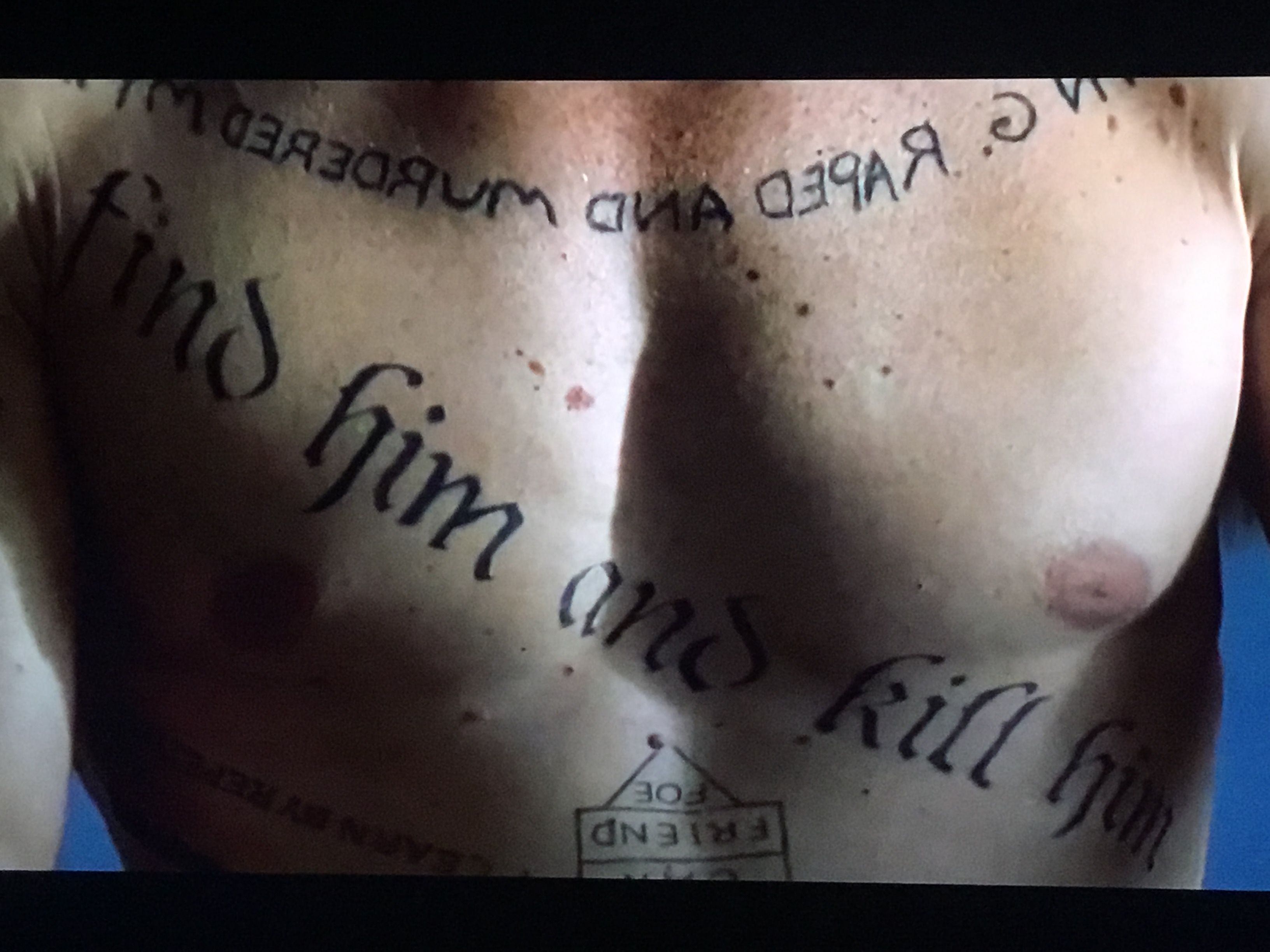
The film-maker, Christopher Nolan, is known for sometimes making films that play around with the narrative structure of movies. Examples of such films would be his thriller ‘Inception’, which features a nested narrative of dreams within dreams, and his science fiction movie ‘Interstellar’, in which the characters experience the time dilation of Einstein’s Relativity theory. But perhaps the most extreme example of a movie of his that plays around with time and the narrative structure of movies is an early film called ‘Memento’.
The film opens with a mystery. The first thing the audience sees is a shot of a man’s hand, clutching a Polaroid photograph of some dead body. As we watch, the scene in the photo gradually fades until all that is left is a blank Polaroid. This scene serves two main purposes. Firstly, it serves to tell us something important about the man who was holding the fading photograph. The protagonist of ‘Memento’ is a man who has lost the ability to lay down memories following an attack. The last memory he has is of his wife dying (again, due to the attack that also left him unable to form any long term memories after the assault) and he is on a mission to hunt down the culprit and kill whoever it is, thereby hopefully reaching some kind of closure. His memory is just like that photo, in that everything soon fades and he is left with a blank picture of what just happened.
Another thing to observe is that the opening shot of this movie is extremely subjective. The viewer literally is the protagonist; we are watching the scene through his eyes. Much of ‘Memento’ retains a mostly subjective narrative voice, in that the scenes we are viewing are told from the perspective of the protagonist. Although he has no ability to lay down long-term memories, he has a system which he believes will help him overcome his disability, catch the person responsible and get revenge. This involves taking snapshots and writing down clues that are important, and tattooing facts he absolutely must not forget onto his body. By constantly reviewing these facts and clues and acting on them, he hopes to succeed in his quest.
Because much of the film is told in a subjective voice, it’s vital for the viewer to share the protagonist’s inability to form memories. This is achieved by telling the story in reverse chronological order. This is different to the opening sequence, in which the film is literally running backwards so we see the Polaroid undevelop, the gun un-firing and the victim being un-shot. Instead, whereas a film would usually begin with scenes 1 to 2, then progress to scenes 2 to 3, 3 to 4 and so on, Memento actually begins somewhere further along in the story (scenes 9 to 10 for argument’s sake) and then proceeds to scenes 8 to 9, 7 to 8 and so on. What this means is that we have a scene in which important things have happened, but we obviously don’t know why because that information has not been made available to us. Just like the protagonist, we have no memory of what just happened. As the film progresses, we learn the cause of the prior scene because it is the conclusion of the current scene. As such, the movie becomes a bit less subjective as it goes on, both figuratively and literally. Literally, because it is only at the very start that we really do see the world through his eyes, and afterwards it’s not quite that subjective. Figuratively, because by the time the movie is over the audience has a much clearer understanding of the events than does the protagonist.
We can represent this subjective narrative structure via a timeline such as this:
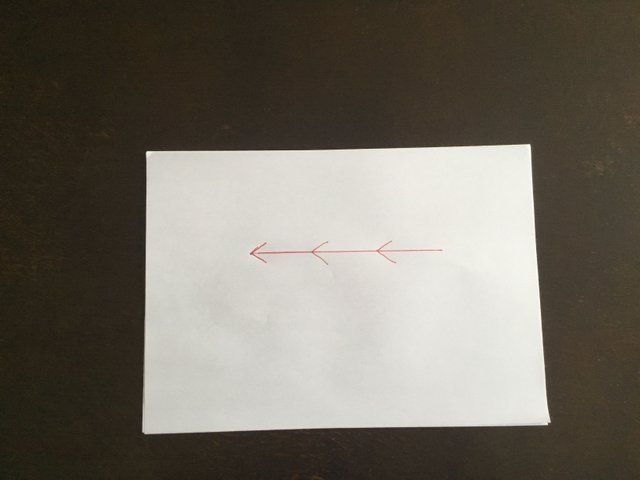
However, Nolan is not just content with telling a story via a subjective narrative told in reverse chronological order. The film also has an objective narrative told in chronological order. Whereas the reverse-chronological order begins with an extremely subjective perspective, this part of the story starts off being very objective. The viewer is like an observer, watching the protagonist, and unable to hear his inner voice (unlike the subjective-narrative parts of the movie, where you constantly hear what he is thinking). The protagonist is on the phone, but, in keeping with the strictly objective point of view, you only hear his side of the conversation.
We can represent these scenes via the following diagram.
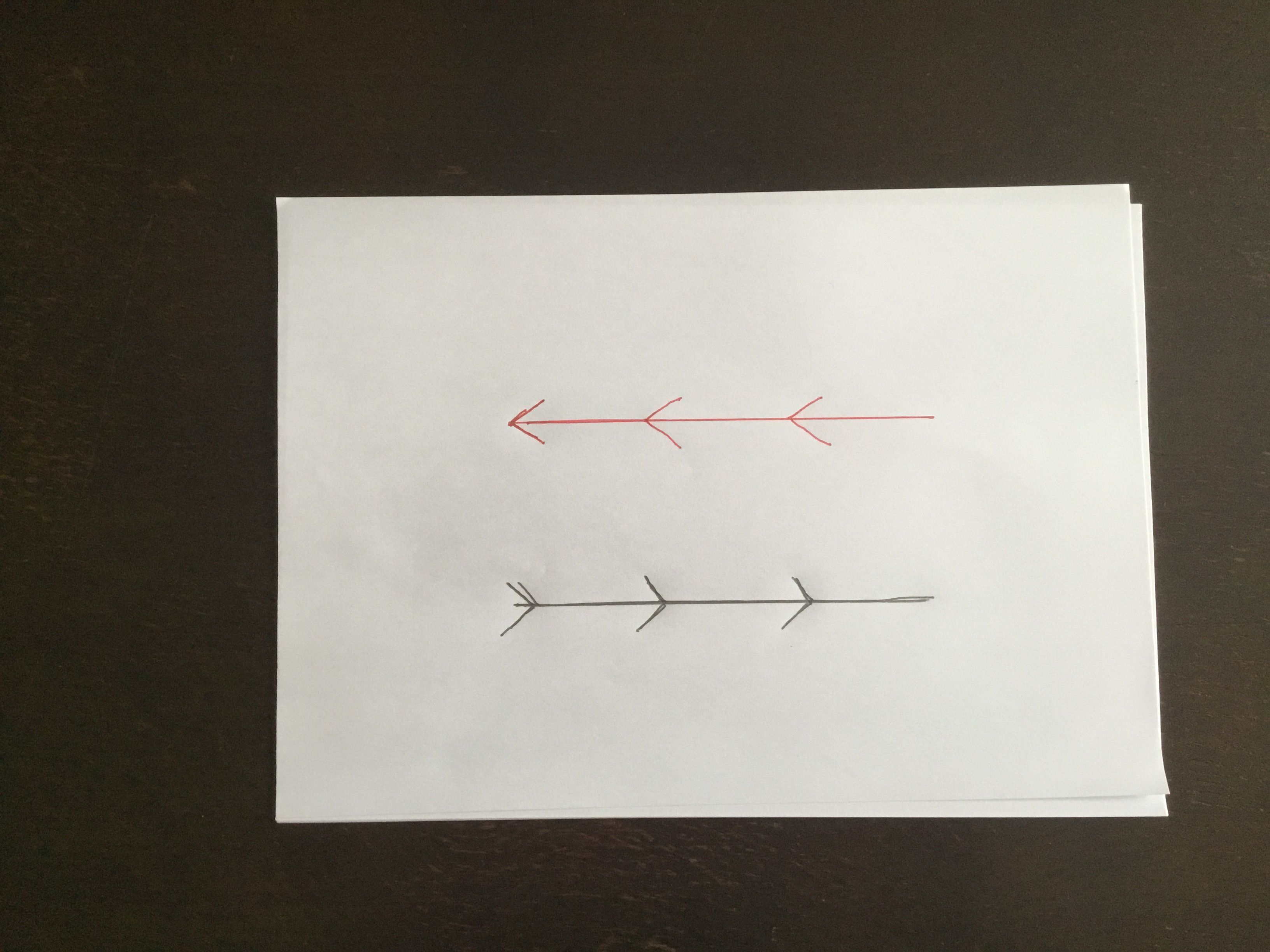
Just as the subjective narrative gets less subjective as the movie progresses, so too do these objective scenes become less objective. So, we have two narrative voices in this film, the subjective narrative whose scenes are shown in reverse-chronological order (getting less subjective as the movie progresses) and an objective narrative told in conventional chronological order, getting less objective as the movie progresses.
But there is even more to the complexity with which ‘Memento’ is told, because the movie constantly switches back and forth between the objective and subjective narrative threads. If you watch the film, you will notice that the subjective thread is shot in colour, while the objective thread is in grainy black and white. In between each colour sequence (which are running in reverse-chronological order, remember) there is a black and white scene, depicting events somewhere else in the timeline. So, scenes one to two and three to four are colour sequences and in between them are scenes two to three, which are black and white. Bare in mind that this way of labelling the scenes applies only to the actual order in which the scenes appear. However, if we were to rearrange the events so that the twisting nature of the timeline is straightened out, we would say that the conclusion of colour scenes three to four is actually setting up the events in colour scenes one to two, so, if we ignore the black and white scene inserted in between, these are actually events four, three, two and one. Alternatively you can ignore the colour scenes and piece together the sequence of events depicted in the black and white scenes (running in chronological order, remember) and then try to figure out where in the story they would come.
It’s like the reverse-chronological order subjective narrative leapfrogs each scene that collectively make up the black-and-white objective narrative (which, equally, leapfrog each scene of the subjective narrative).
Let’s represent this thus:
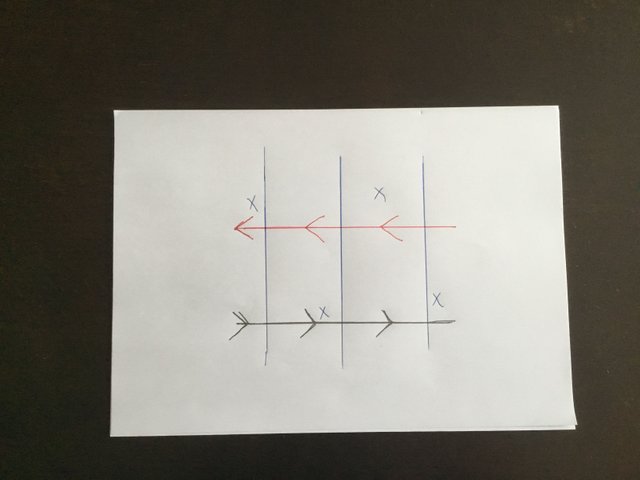
You may recall that the subjective narrative gets less subjective, while the objective narrative gets less objective, as the movie progresses. That would suggest that these two narrative threads become more similar as time goes by. This is indeed what happens, and in fact during the last scene of the objective narrative the black and white footage literally becomes colour footage, a visual representation that this narrative has now ‘joined up’ with the events of the narrative that was being told in reverse-chronological order.
This can be represented like so:
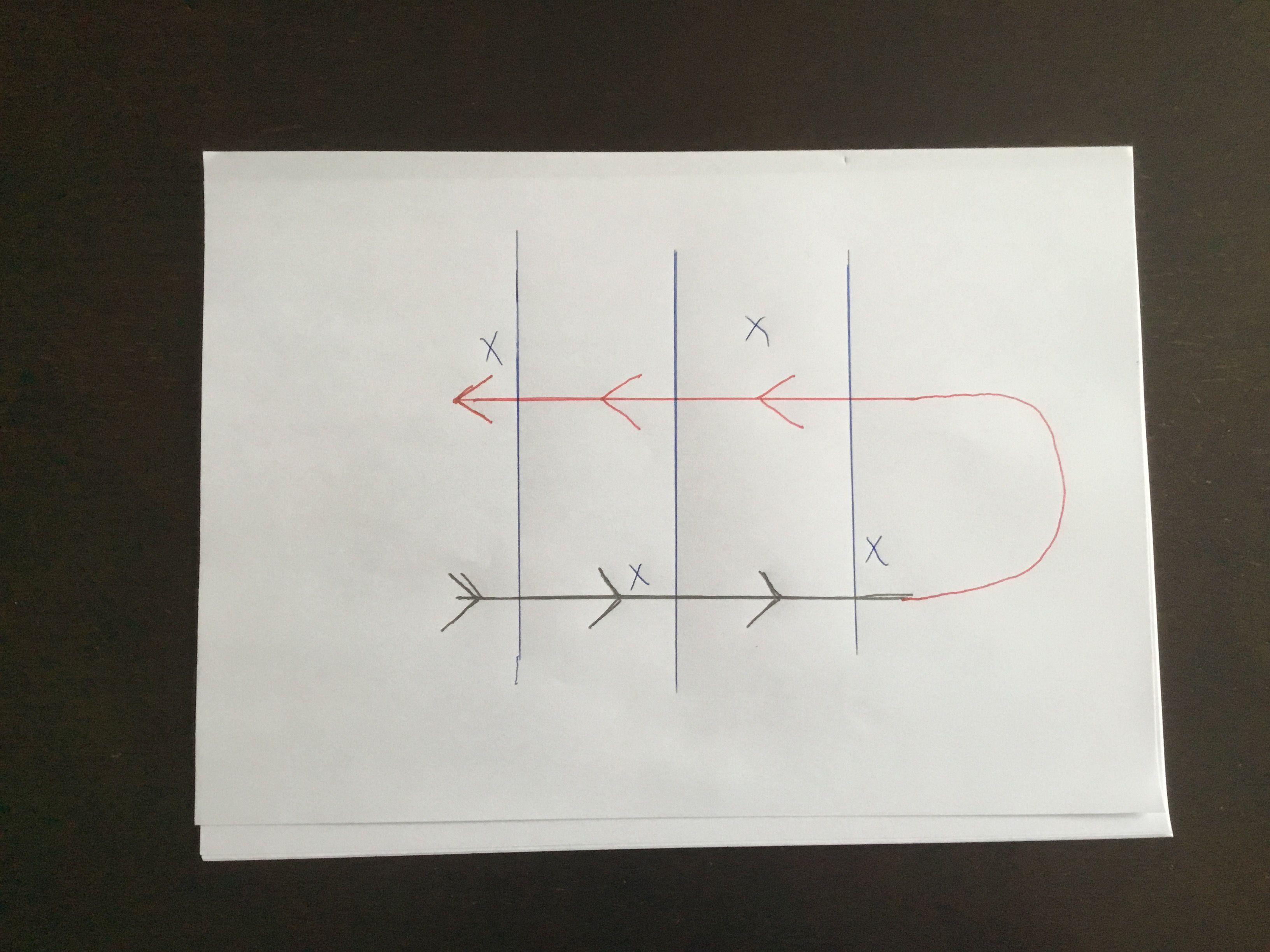
Is the crazy narrative of this film done yet? No, not quite, because we still have to discuss the flash-backs. Every now and then, we get snippets of information involving what really happened during the incident that left the protagonist with his unfortunate condition and set him on his quest.
This can be represented like so:
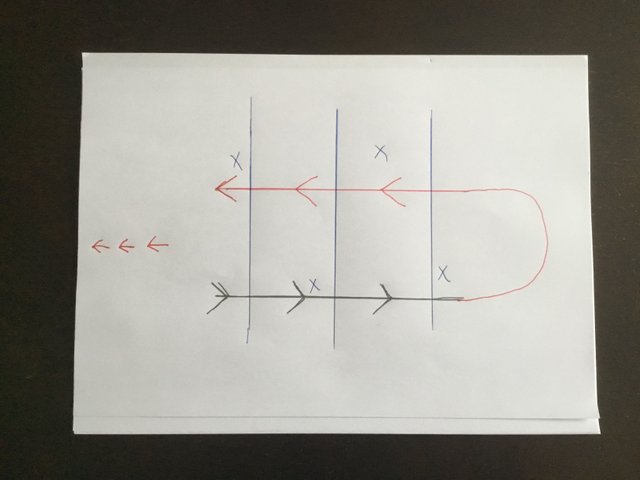
The visual representation of ‘Memento’ is now almost complete.
Now, in trying to explain the structure of this movie it might sound hopelessly complex. In actual fact, Christopher Nolan is accomplished enough as a filmmaker to tell such a fragmented, backwards and forwards narrative without the viewer getting lost. However, this is certainly not a dumb thriller and you do have to pay attention, keeping track of what happens so that you can ‘untwist’ the narrative, rearrange the puzzle and understand the story from beginning to end. Given the peculiar structure of this movie, words like ‘beginning and ‘end’ do not coincide with the literal beginning and ending of this film. In fact, the real ending of the story happens at the very beginning, while the film itself actually ends right in the middle of the story it is telling. That might sound like an unsatisfying way to end a movie, but in actual fact it really underlines the tragedy of the protagonist's situation…
I have deliberately avoided talking about what happens in each scene because this film is most enjoyable as a mystery with a tragic twist for you to figure out by watching it. I will say this much, though. You may understand the tragedy by the time the movie ends, but the protagonist cannot. This is because of the fuzziness and unreliability of memory, particularly those that happen right after the flashback and which are forever obscured from his understanding, in the form of information literally blacked out in his file of facts and clues, and lies he has forgotten were lies.
This can be represented thus, and we now have a complete representation of ‘Memento’.
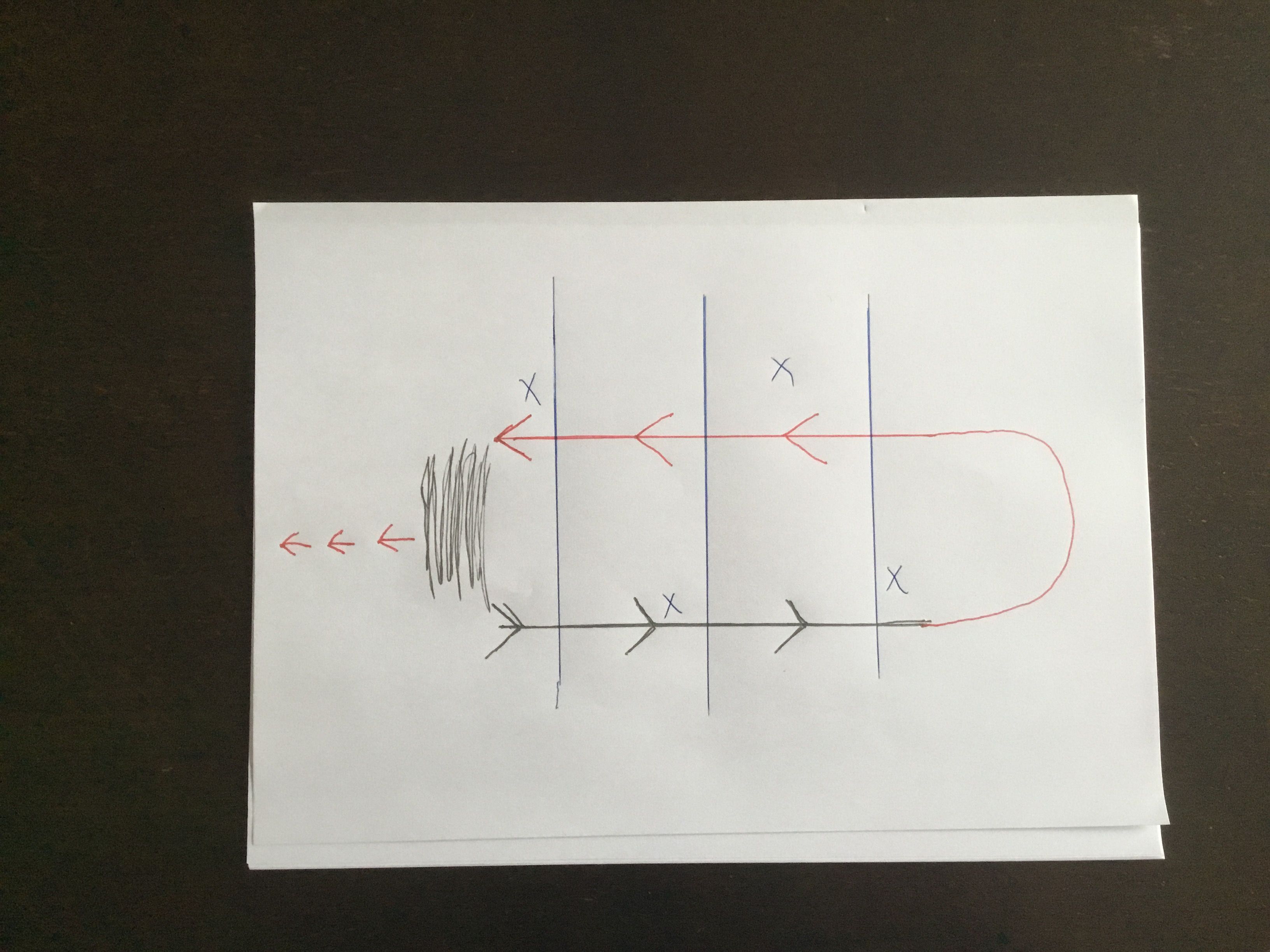
This really is a terrific story that respects the viewer’s ability to handle a novel narrative structure and do the mental work necessary to figure out the tragic ‘ending’. Watch Memento with your brain switched on and you should enjoy it as much as I do.
Very nice. film opinion post this post to you for thank you very much and post like I post vote and comments and post share and follow-I, so that as this post all see and this post to everyone can vote
I loved watching memento. Even with his memory loss he managed to use photographs and tattoos to locate the murderers. I think I'll look for the movie and rewatch now that your post has reminded me of it.
With this story of yours, i'm very sure this movie will be interesting....already making a move to download it.